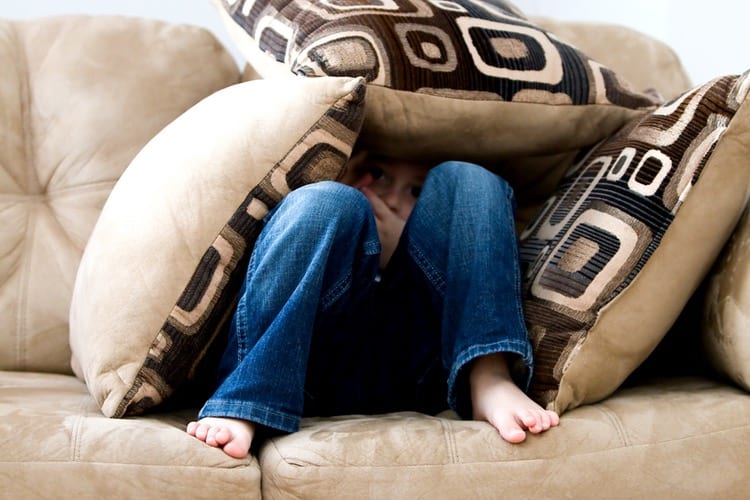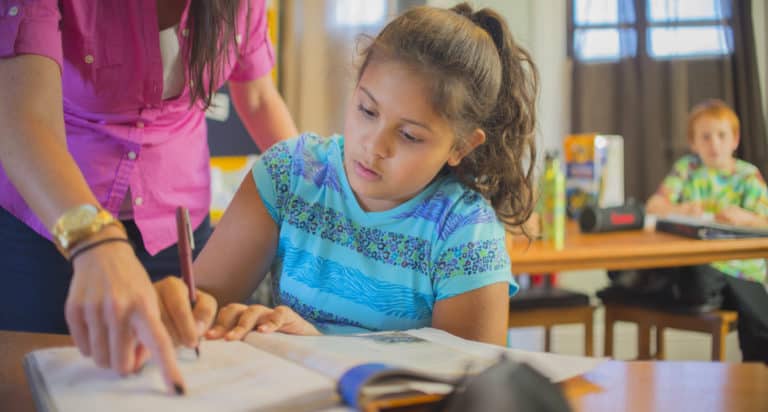Anyone who lives or works with teenagers knows they can be moody. It’s not uncommon for teens to pull away from parents or to experience brief periods of sadness, anger, or frustration. Sometimes it’s hard for parents to know when they are dealing with normal adolescent behavior or when it’s more serious.
However, a new study by The American Academy of Pediatrics reports that depression in teenagers is on the rise. According to their findings, the number of teenagers who reported suffering from depression within the past year rose from 8.7% in 2005 to 11.5% in 2014. That’s a 37 percent increase.
[More on Teenage Depression here.]
It has long been understood that certain factors – family history, family dysfunction, chemical imbalance, early childhood trauma, bullying, sexual orientation, and others put teens at a greater risk for depression, but none of these factors explain the recent dramatic increase in depression.
No doubt more studies will be necessary to fully understand the problem of teenage depression. But there are several things that parents should be aware of that can be contributing factors.
5 Depression Risk Factors for Teens
1. Social media
Researchers at the University of Pittsburg School of medicine recently found there is a link between social media use and depression in young adults. While their study centered around young adults ages 19-32, it stands to reason that the same would hold true for teenagers.
Social media breeds comparison, and to quote Theodore Roosevelt, “comparison is the thief of joy.” Child psychotherapist Julie Lynn Evans has seen a sharp increase in teenage mental illness since 2010, and she believes smart phones are a big part of the problem. Perhaps this is partly because, thanks to hand-held technology, our children are exposed to a steady stream of photos, posts, and tweets constantly showing other people (both strangers and friends) looking great and having fun.
It’s easy for young people to believe that everyone’s life is better. Everyone is better looking. Everyone does cooler things. Everyone has more friends. And it’s not as if kids are just assuming other people’s lives are better. They have LIKES and SHARES to keep track of how much more popular, witty, or interesting everyone else is. The adolescent years are naturally fraught with angst and insecurity. When you factor in the sort of keeping tabs and keeping score that goes with social media, it’s easy to see how social media can contribute to depression.
2. Lack of connection
People who feel more connected to others are less likely to suffer from depression and anxiety. Unfortunately, overusing social media can prevent young people from forming strong real-world relationships because they can become more dependent on their phones for company, comfort, and entertainment than on actual people. Our kids might feel good about having 1000 Instagram followers, but it’s the number of people they can actually count on and confide in that counts, and unfortunately people feel less connected now than ever before.
3. Lack of sleep
Social media and cell phones not only breed insecurity and isolation, they can also contribute to sleep issues. According to this article, a study at Brigham and Women’s hospital found that excessive exposure to fluorescent light before bedtime can result in difficulty falling asleep and decreased REM sleep.
Of course cell phones aren’t the only factor affecting teenagers’ sleep. Work and school schedules also play a significant role in keeping our kids from getting the recommended 8-10 hours they need each night. Our teenagers are sleep-deprived. Considering that sleep is crucial for mental and physical health, it only makes sense that many of them are also depressed.
4. Hormonal contraceptives
Some teenage girls take the pill to prevent pregnancy. But the pill is also commonly prescribed for teenage girls who may not be sexually active but who have acne, need help to regulate their periods or who have severe PMS symptoms. However, there is a single new study that found that women who take the pill are more likely to be treated for depression. While the average age of women in the study was 24, findings suggest that teens are more vulnerable to the risk of depression than women in their 20’s and 30’s. Certainly there will be more research around these findings.
[More on How to Talk to Teenage Daughters about Sex here.]
5. Pressure
Our kids are under a tremendous amount of pressure. Many parents today spend an a small fortune on private lessons, equipment, and travel, all to ensure their child excels in sports, music, or dance. We pay for tutors to help our children succeed in school and do well on their SATs. Students devote countless hours to volunteer work and extracurricular activities in order to build their resumes. All of this so that they can get into prestigious colleges or receive competitive, merit-based scholarships. With private colleges costing an average of $34,480 a year and state schools running nearly $10,000 yearly, the pressure to receive financial aid is understandably high.
But is all of this too much? One third of teens report feeling depressed or sad as a result of stress, and 40 percent report feeling angry or anxious. Being a teenager today is more stressful than ever before. It’s no wonder teenager depression rates are also on the rise.
There are no simple answers to the growing problem of teenage depression. There are numerous causes and risk factors, and often a combination of factors is in play. Still, by being aware of how these common behaviors and circumstances can affect teenagers, perhaps parents and teens can take steps to minimize the risk of teenage depression.
Related:
The Rate of Teen Depression is Growing Sharply: What Parents Need to Know










